Buy or gift a stand-alone digital subscription and get unlimited access to dozens of back issues for just £18.99 / $18.99 a year.
Please register at www.exacteditions.com/digital/cornucopia with your subscriber account number or contact subscriptions@cornucopia.net
Buy a digital subscription Go to the Digital Edition
After graduating from the Royal College of Art in 1951, John Carswell worked as an archaeological draughtsman for Kathleen Kenyon at Jericho, and other sites in Greece and Turkey. In 1956 he joined the Department of Fine Art at the American University of Beirut. In 1976 he was a Visiting Professor at SOAS, and two years later appointed Curator of the Oriental Institute at the University of Chicago, and ultimately Director of the University’s David and Alfred Smart Museum. In 1988 he returned to London as Director of the Islamic and South Asian Department at Sotheby’s. From 1988 he lived in Spain.
He was a professorial research associate at the School of Oriental and African Studies in London. His work was concerned with relations between the Pacific and the Mediterranean, through the export of Chinese ceramics and the reciprocal exchange of material from Western Asia by both land and sea. He was also interested in contemporary art and architecture throughout Asia and the interaction of Asian and Western culture from the medieval period onwards.
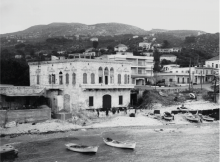
Weary of the bustle of Beirut, where he was teaching in the 1960s, John Carswell set out to find a home on the coast. In the fishing village of Tabarja, he was seduced by a crumbling Ottoman house that would become his home until civil war tore Lebanon apart.
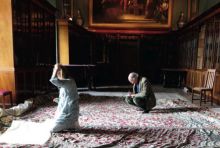
John Carswell introduces the mesmerising entries in this year’s Ancient and Modern Prize for original research. The competition was hot – from edible diplomacy to Byzantine Buenos Aires – but the winner is the doyen of Asian tent studies
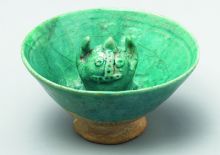
John Carswell solves the mystery of the ‘lemon squeezer’ that wasn’t
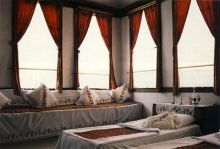
Amasya, Tokat and Merzifon were once on the trade routes to China, centres of scholarship and commerce. Today they are secluded enclaves of traditional pleasures. John Carswell enjoys a feast of delicate architecture and heady wines. Photographs by Simon Upton
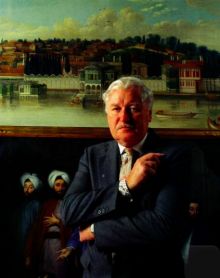
The Ancient & Modern prize for original research goes to scholars both young and old – under 25 or over 60. John Carswell reveals what inspired him to set up the award
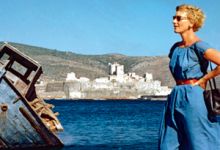
John Carswell pays tribute to his friend the late Honor Frost (1917–2010), doyenne of underwater archaeology
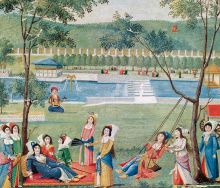
The Ottomans were not only passionate about flowers. They turned the enjoyment of gardens into an art form. John Carswell leafs through a lavish volume which unlocks the gate to the pleasure grounds of Istanbul’s imperial palaces.
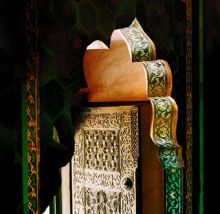
John Carswell on the city that married the courtly arts of Asia to the princely aspirations of Renaissance Europe. Photographs by Jürgen Frank
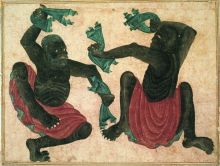
‘Turks: A Journey of a Thousand Years, 600–1600’ opened at the Royal Academy at the start of 2005 to great acclaim. The Ottoman objects, many of them never before seen outside Turkey, were a glorious marriage of refinement and splendour. But Turks was about more than the Ottomans. It celebrated the art of three great Turkic empires: that of the Seljuks, who ruled Persia and most of Anatolia; that of Tamerlane, based in Samarkand, which stretched from India to the Mediterranean; and the Ottoman Empire itself. Central Asia has had a profound influence on western culture that has been ignored for too long. ‘Turks’ set out to change all that. Cornucopia devoted 25 pages to the show, including this review by John Carswell. Photographs by Fritz von der Schulenburg
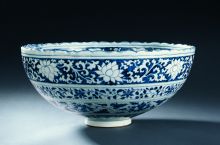
Chinese blue and white has had an unparalleled influence on taste in East and West for more than six centuries. Every self-respecting Islamic court had its collection of this precious porcelain, but the Topkapı Palace amassed one of the richest in the world. John Carswell began his own quest in a cathedral in Jerusalem and pursued it to the sands of the Gobi Desert. Here he tracks the march of blue and white from southern China to the Mediterranean and introduces the cream of the Topkapı collection.
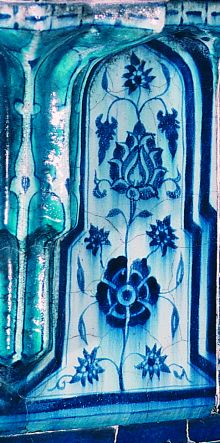
John Carswell reveals the fascinating story of the tiles of the Murad II Mosque in Edirne, and the clues they provide to a collection of prized Chinese porcelain assembled by the Ottoman sultans two decades before they captured Istanbul
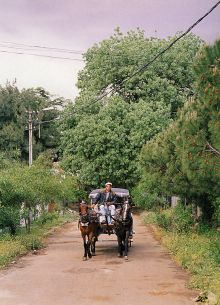
In a 36-page tribute, Cornucopia offers five contrasting views of the largest of the Princes Islands, Büyükada. Distant enough for monastic retreat and political exile, close enough for the summer migration of Istanbul’s bourgeoisie, this beguiling island has a tranquil past but a perilous future. Andrew Finkel looks back with affection on thirty years of summer holidays; John Carswell records his first impressions; Elizabeth Meath Baker and Angela Berzeg unlock the doors to three of its most fascinating houses
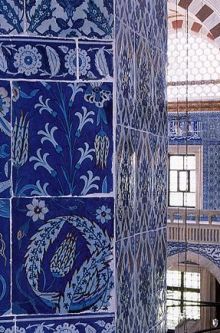
Festooned with flowers, the brilliantly painted tiles of Rustem Pasha Mosque form a glazed garden of infinite variety. John Carswell discovers in them the hand of genius that gave birth to classical Iznik design. Photographs by Simon Upton
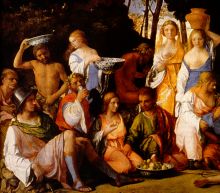
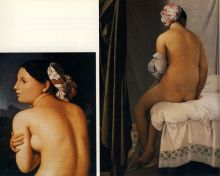
When the intrepid Lady Mary Wortley Montagu travelled with her husband’s embassy to Turkey in 1716, she recorded the minutiae of life on the road and in her ‘new world’. . Remarkably open-minded, her innocent observations inspired Ingres to paint some of the greatest erotic masterpieces of the Romantic movement.
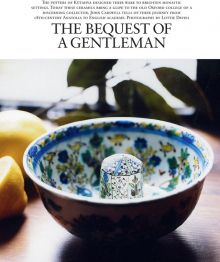
The potters of Kütahya designed their ware to brighten monastic settings. Today these ceramics bring a glow to the old Oxford college of a discerning collector. John Carswell follows in the tracks of their journey from 18th-century Anatolia to English academe. Photographs by Lottie Davies
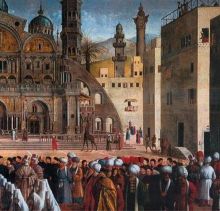

 Issue 66, December 2023
Turkey’s Centenary Issue
Issue 66, December 2023
Turkey’s Centenary Issue
1. STANDARD
Standard, untracked shipping is available worldwide. However, for high-value or heavy shipments outside the UK and Turkey, we strongly recommend option 2 or 3.
2. TRACKED SHIPPING
You can choose this option when ordering online.
3. EXPRESS SHIPPING
Contact subscriptions@cornucopia.net for a quote.
You can also order directly through subscriptions@cornucopia.net if you are worried about shipping times. We can issue a secure online invoice payable by debit or credit card for your order.

Cornucopia works in partnership with the digital publishing platform Exact Editions to offer individual and institutional subscribers unlimited access to a searchable archive of fascinating back issues and every newly published issue. The digital edition of Cornucopia is available cross-platform on web, iOS and Android and offers a comprehensive search function, allowing the title’s cultural content to be delved into at the touch of a button.
Digital Subscription: £18.99 / $18.99 (1 year)
Subscribe now